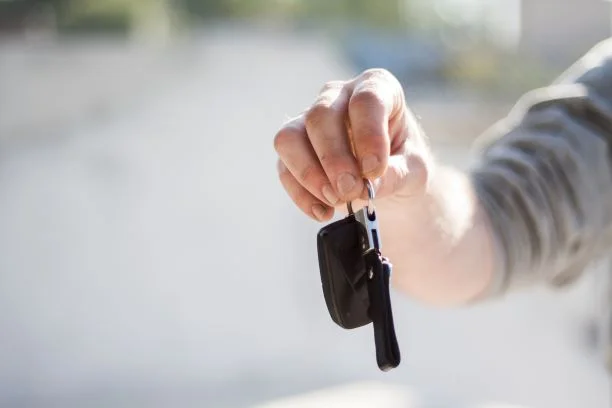What is a Guaranteed Asset Protection?
At Outside Financial, we have a better way
We’ll show you the best way to buy a GAP.
Getting started: What is a GAP waiver?
GAP stands for Guaranteed Asset Protection. It covers the difference between the value of your car and what you owe on your loan if your car is totaled or stolen. For a small monthly payment, you guard against the risk of owing thousands to your lender when you can least afford it. Our bottom line: GAP waivers can be valuable when they’re bought at the right price.
How GAP can help you own smarter?
Believe it or not, you could owe thousands of dollars if your car is stolen or totaled. Why? Because the insurance company will only pay for what the car was worth, but you still owe your lender the full amount of your loan.
GAP protects you from a big financial hit when you can least afford it. For a low monthly payment, GAP covers the difference between what your car is worth and what you owe. Thank goodness.
What causes ‘the GAP’?
Many car buyers borrow more than the car is worth, including to cover any balance remaining on a previous loan. According to a recent Experian study, the average new car buyer borrowed 10% more than their car was worth. The average used car buyer borrowed over 30% more. And that’s based on what the car was worth before it was driven off the lot. As soon as you drive away from the dealership, your car begins to lose value. But that doesn’t mean you owe any less on your car loan.
And your car’s value can drop significantly, increasing what you could owe for reasons you can’t control. Over the past 20 years, used car values have been remarkably volatile. They have declined by as little as 11%, and as much as 26% - in a single year. And these are just averages. When gas prices drop, the value of smaller, fuel efficient cars drops. When gas prices rise, the value of large SUVs drops. The economy and new car production also affect your car’s value.
So let’s imagine you bought a car for $30,000 in January, and paid for it with a $32,000 loan that covered your taxes and fees. By December, the car could be worth $25,000. That means there’s a $7,000 “GAP” between what your car is worth and what you owe to your lender.
If your car is stolen or totaled, the insurance company will only reimburse you for what the car is worth, not the amount you owe to your lender. Using our example, that means you could be out of pocket for $7,000!
That’s where GAP waiver comes in: for a small monthly payment, you can protect your budget, your credit and your piece of mind, when you need them most.
You should consider GAP if:
Your down payment was less than 20% of your total loan.
You drive more than 15,000 miles/year.
Your loan amount is greater than the value of your car because you financed your fees, taxes, negative equity or rollover balance from an older car loan, a vehicle service contract, or other items.
You bought a vehicle that is likely to lose its value, or depreciate, more quickly than the average.
Your loan term is 60 months or longer.
The real problem with GAP
GAP has a bad reputation because it’s often sold the wrong way. It’s usually not a good idea to buy your GAP policy at the dealership, when there’s just too much pressure and too few options. And that’s not just us talking. That’s the #1 tip for consumers from a 2017 study by the National Consumer Law Center.
It’s sold at the wrong price, by the wrong people.
GAP is also often sold at the wrong price – dealer markups can be as much as 400%. GAP is generally available much cheaper outside the dealership, especially if you get your loan from a credit union.
remember to check what your policy covers:
Does it include the deductible on your collision or theft insurance?
Does it include any negative equity or rollover balance from a previous loan?
Does it exclude cars that are uninsured or underinsured?
Does it cover interest and fees that build up starting when your car is stolen or totaled until the insurance payment is made?
Does it include any obligation you may have for window etching or other add on products?
This page describes GAP policies in general terms. It is not meant to be a comprehensive or binding description of any particular policy. In order to answer questions about your policy, you will need to carefully review your policy terms and conditions. Purchase of a GAP policy is always optional and is never a condition of financing for any lender.




